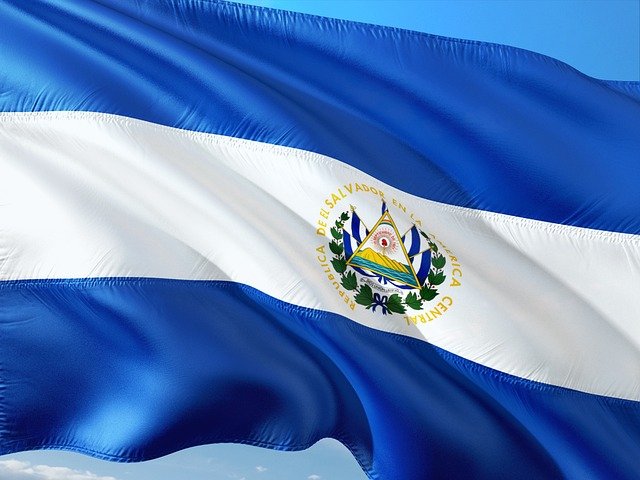Micronations: Tiny States with Big Dreams
The world of sovereign states is not limited to the 195 countries recognized by the United Nations. Read below to discover the fascinating realm of micronations, self-proclaimed entities that challenge our understanding of statehood, sovereignty, and national identity in the modern era.

The Origins of Micronations
The concept of micronations is not entirely new. Throughout history, there have been instances of individuals or groups declaring their own sovereign territories. However, the modern micronation movement gained significant traction in the late 20th century, fueled by a combination of political idealism, personal ambition, and the democratization of information through the internet.
One of the earliest and most well-known examples is the Principality of Sealand, established in 1967 on an abandoned sea fort off the coast of Suffolk, England. Its founder, Paddy Roy Bates, declared it a sovereign nation, complete with its own flag, currency, and passports. While Sealand remains unrecognized by any established nation, it has become a symbol of the micronation movement and has inspired countless others to follow suit.
The Motivations Behind Micronations
The reasons for establishing a micronation are as diverse as the individuals who create them. Some are founded as political statements or protests against existing governments. Others are born out of a desire for personal autonomy or the pursuit of utopian ideals. In some cases, micronations are created as art projects or social experiments, challenging conventional notions of statehood and governance.
For many micronationalists, the act of founding their own country is an exercise in creativity and self-expression. It allows them to design their own systems of government, create unique cultural traditions, and explore alternative models of social organization. In this sense, micronations can be seen as laboratories for political and social innovation, free from the constraints of established nation-states.
The Digital Age and the Proliferation of Micronations
The advent of the internet has played a crucial role in the growth and visibility of micronations. Online platforms have provided micronationalists with the tools to declare their sovereignty, connect with like-minded individuals, and share their visions with a global audience. Virtual micronations, existing entirely in the digital realm, have also emerged, further blurring the lines between physical and digital statehood.
Social media and dedicated forums have fostered a vibrant community of micronationalists, allowing them to exchange ideas, collaborate on projects, and even form alliances. This interconnectedness has led to the development of micronational organizations, such as the Grand Unified Micronational, which aims to promote cooperation and diplomacy among its members.
The Legal and Diplomatic Challenges of Micronations
While micronations may operate with a sense of legitimacy within their own spheres, they face significant hurdles in gaining recognition from established nations and international bodies. The criteria for statehood, as defined by the Montevideo Convention of 1933, include a permanent population, a defined territory, a government, and the capacity to enter into relations with other states. Most micronations struggle to meet these requirements fully.
Moreover, the legal implications of declaring a micronation can be complex. Many micronationalists find themselves navigating a gray area between personal expression and potential conflicts with local or national authorities. Some have faced legal challenges or been dismissed as eccentric hobbyists, while others have managed to carve out a unique space for their micro-states without significant interference.
The Cultural Impact and Future of Micronations
Despite their lack of official recognition, micronations have left an indelible mark on popular culture. They have been the subject of documentaries, books, and academic studies, capturing the public imagination with their bold declarations of sovereignty and often whimsical approach to nation-building. Some micronations have even achieved a degree of economic success through tourism or the sale of novelty passports and stamps.
As we move further into the 21st century, the concept of micronations continues to evolve. The rise of cryptocurrencies and blockchain technology has sparked discussions about the potential for digital sovereign entities, free from traditional geographical constraints. Meanwhile, some micronationalists are exploring new frontiers, including the possibility of establishing settlements in international waters or even on other planets.
The phenomenon of micronations challenges us to reconsider our understanding of statehood, sovereignty, and national identity in an increasingly interconnected world. While they may never achieve the status of recognized nations, micronations serve as powerful reminders of the human desire for self-determination and the endless creativity of those who dare to imagine alternative forms of social and political organization.





